Uncategorized
-
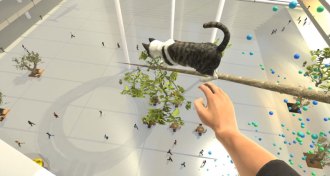 Health & Medicine
Health & MedicineScared of heights? This new VR therapy could help
Virtual reality may be good training ground for facing your fears in real life.
-
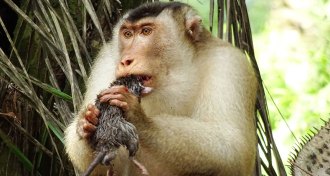 Animals
AnimalsMalaysia’s pig-tail macaques eat rats, head first
Pig-tail macaques are seen as a menace on Malaysian palm oil plantations, but may be helping to reduce rodent populations.
By Yao-Hua Law -
 Particle Physics
Particle Physics50 years ago, neutrinos ghosted scientists
In the last half-century, neutrino detectors have spotted particles cast out by the sun, supernova 1987A and a supermassive black hole.
-
 Life
LifeThe right mix of gut microbes relieves autism symptoms in the long run
Replacing missing gut microbes improves autism symptoms in children even two years later.
-
 Archaeology
ArchaeologyÖtzi loaded up on fatty food before he died
A new analysis provides a complete picture of what was in Ötzi the Iceman’s stomach when he died.
-
 Particle Physics
Particle PhysicsA high-energy neutrino has been traced to its galactic birthplace
The high-energy particle was born in a blazar 4 billion light-years away, scientists report.
-
 Astronomy
AstronomyThe ecosystem that controls a galaxy’s future is coming into focus
An invisible cloak called the circumgalactic medium controls a galaxy’s life and death.
-
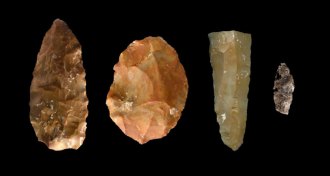 Archaeology
ArchaeologyTexas toolmakers add to the debate over who the first Americans were
Stone toolmakers inhabited Texas more than 16,000 years ago, before Clovis hunters arrived.
By Bruce Bower -
 Health & Medicine
Health & MedicineCancer cells engineered with CRISPR slay their own kin
Scientists can program the stealth cells to die before creating new tumors.
-
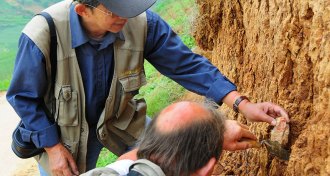 Archaeology
ArchaeologyStone tools put early hominids in China 2.1 million years ago
Newly discovered stone tools in China suggest hominids left Africa 250,000 years earlier than we thought.
By Bruce Bower -
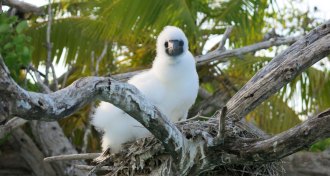 Ecosystems
EcosystemsBird poop helps keep coral reefs healthy, but rats are messing that up
Eradicating invasive rats from islands may help boost numbers of seabirds, whose droppings provide nutrients to nearby coral reefs.
-
 Particle Physics
Particle PhysicsReaders ask about proton pressure, wearable tech and more
Readers had questions about the pressure inside a proton, wearable tech safety and the effects of global warming on insects.